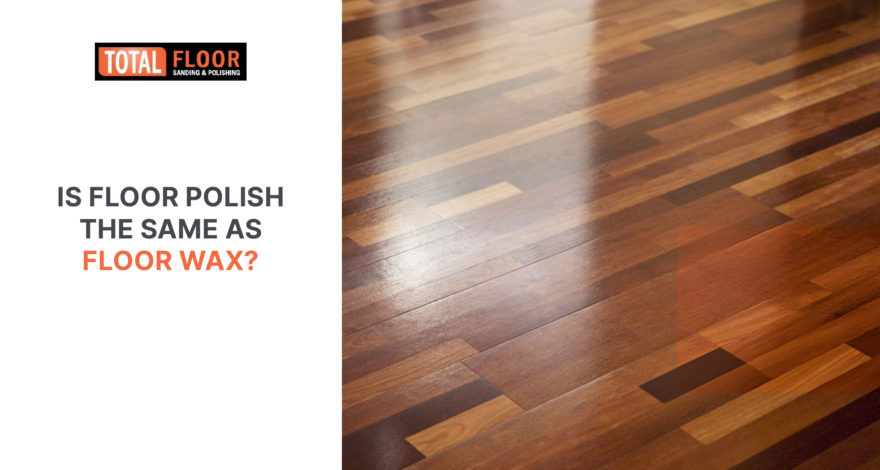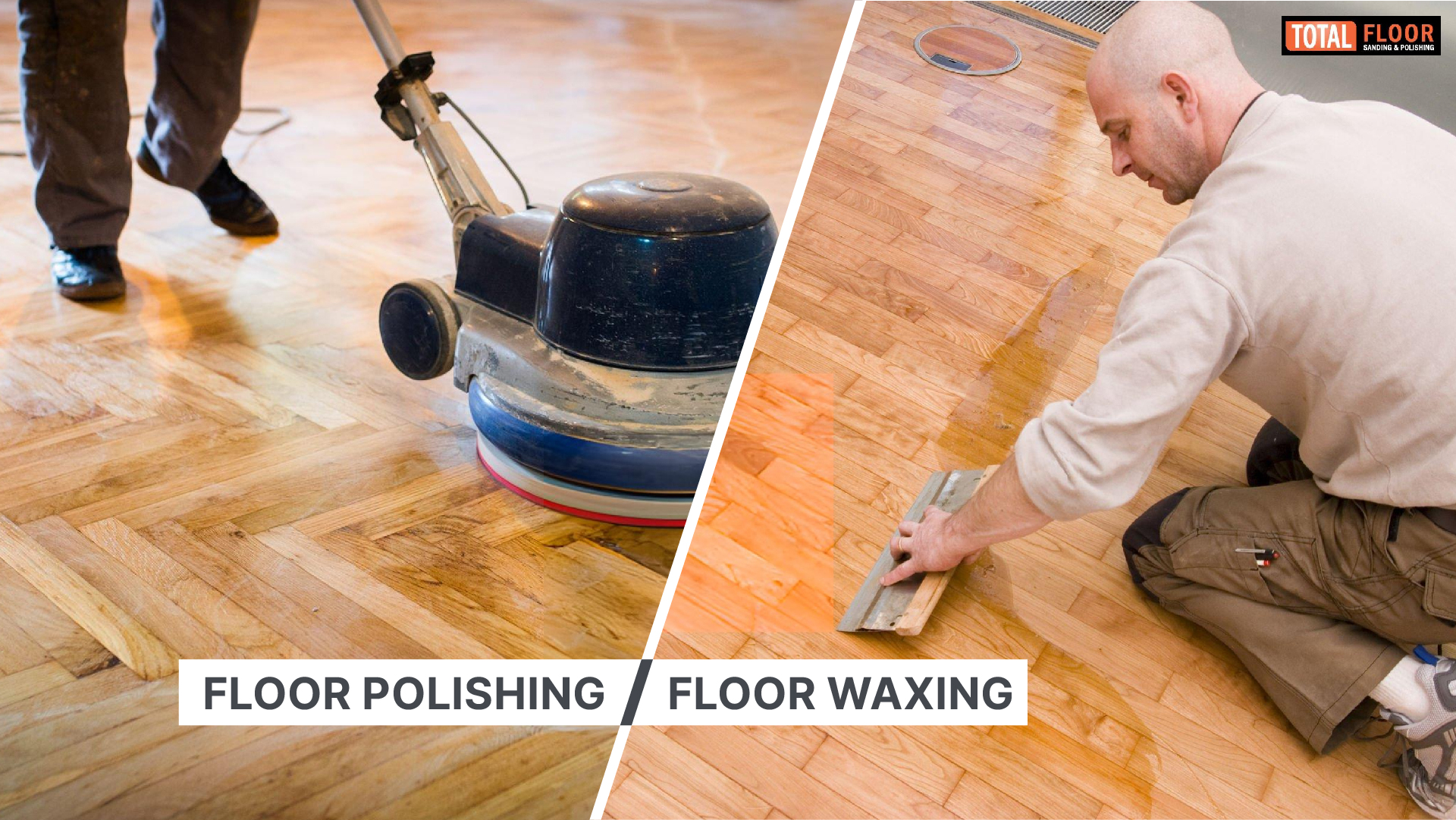Picture this: you’re gearing up for a weekend of giving your home a thorough clean, including those hardwood floors that have seen better days.
You head to the store, list in hand, ready to pick up some supplies. But then you’re faced with shelves full of floor polish Melbourne products that all promise to make your floors sparkle. Two of them catch your eye: floor polish and floor wax.
Now, you’re standing there, products in hand, wondering, “Is floor polish the same as floor wax?” It’s a common mix-up, with both products aiming to restore the shine to your floors, but are they really interchangeable?
Let’s dive into what makes each product unique and whether one might be better for your floors than the other.
Floor Wax and Its Composition
Floor wax is a traditional method for protecting and shining floors, commonly composed of natural waxes like carnauba wax. Derived from the leaves of Brazilian palm trees, carnauba wax is known for its durability and moisture resistance.
This resilience makes floor wax highly effective in protecting floors from dirt, scratches, and dullness, particularly in environments with varying climatic conditions.
Floor Polish and Its Composition
Floor polish, on the other hand, is a synthetic concoction made to enhance the appearance and longevity of floors with less frequent maintenance. The typical ingredients in floor polish include acrylic polymers, alkali-soluble resins, surfactants, plasticisers, and wax emulsions.
These compounds collectively provide strength against foot traffic, facilitate even application, and enable the polish to self-level, offering a smooth, shiny finish.
While both floor wax and floor polish Melbourne products protect your floors, their application and results can differ significantly.
Floor wax often requires a buffing tool for application and provides a longer-lasting finish that is suitable for high-traffic areas and various floor types. Floor polish is easier to apply and ideal for low-traffic areas, but it doesn’t seal the floor and requires more frequent reapplication.
When should you Choose Floor Wax Over Floor Polish?
Floor waxes offer superior benefits due to its hardiness and moisture resistance. It’s the preferred choice in environments subjected to heavy wear and tear or where floors need lasting protection against spills and footfall.
Floor wax ensures a durable shine and extends the periods between floor treatments, making it economically beneficial.
Types of Flooring Best Suited for Wax
Floor wax is especially effective on:
- Hardwood floors, offering months to years of protective shine and moisture barrier
- Linoleum, enhancing its durability and appearance
- Concrete, where it fills in pores for a smoother surface
- Terra-cotta and other unglazed tiles, protecting and enhancing their natural beauty
Floor wax not only improves the aesthetics but also the functionality of these flooring types, making them sturdier against daily challenges.
Limitations of Floor Wax
Despite its advantages, floor wax is less suitable for:
- Shiny laminate and floors sealed with urethane, as wax can dull these surfaces and lead to a yellowing effect over time
- Engineered hardwood and vinyl compositions like Luxury Vinyl Tile (LVT) where cannot adhere properly and may degrade the flooring material
- Bamboo and similar materials that require specific care routines
When to Opt for Floor Polish Instead of Wax?
Floor polish offers several advantages that make it preferable over traditional floor wax in certain scenarios. Elements like acrylic polymers and plasticisers in floor polishes enhance durability and resistance to traffic. This robustness helps prevent dirt from embedding into the finish and reduces the likelihood of surface cracking after the product has been set.
Additionally, synthetic components allow for a tailored formulation of the polish to meet specific requirements of the floor type, helping in smoother application and better aesthetic results.
Types of Flooring Best Suited for Polish
While floor polish can be used on various floor types, it excels particularly on surfaces that experience low to moderate foot traffic. This makes it an excellent choice for residential areas such as bedrooms and living rooms.
Polish is often recommended for surfaces where the sealant from wax could obscure the floor’s natural beauty or create build-up. For instance, polished concrete floors can benefit from the smoothing and filling properties of floor polish, enhancing their appearance without the risks of yellowing over time.
Limitations of Floor Polish
Despite its advantages, floor polish might not be the best choice for high-traffic areas. The very nature of floor polish, which does not seal the surface but instead acts more as a buffer and beautifier, makes it less durable under constant wear compared to wax.
This means in areas like entryways, commercial hallways, or busy retail spaces, polish may wear down more quickly and require more frequent reapplication.
Practical Application Tips for Floor Wax and Polish
Applying Floor Wax
Applying floor wax properly requires attention to detail to achieve the best results. Here is an efficient method to apply floor wax:
- Thoroughly clean the floor by dusting or vacuuming to remove any loose debris.
- Apply a thin layer of wax using a mop or microfiber cloth, ensuring even coverage across the floor.
- Before the wax dries, gently rub the surface with a clean cloth or sponge to clean and enhance the texture of the wax coat.
- Allow the wax to dry completely. Optionally, apply a second coat after 24 hours for extra shine and protection.
Applying Floor Polish
Applying floor polish also requires methodical steps to ensure even application and optimal shine:
- Choose the correct polish for your specific floor type and carefully read the application instructions provided on the product label.
- Clean the floor thoroughly to remove any dirt and debris.
- Apply the polish in small, manageable sections using a mop or applicator suited to your floor type, spreading it evenly as you go.
- Allow the polish to dry thoroughly, and do not walk on the floor until it has been set completely to prevent smudges or uneven spots.
Conclusion
While both floor polish and floor wax can make your floors shine, understanding the subtle differences can help you achieve the perfect results. Each option brings its own benefits that are suitable for different flooring types and traffic conditions.
Floor wax offers a resilient and long-lasting shine, so it is ideal for high-traffic areas and a variety of floor types, except for urethane-sealed and shiny laminate floors.
On the other hand, floor polish works well in low-traffic areas, providing a superficial shine and smoothing out minor imperfections.
For the best results, choose wisely based on your floor type and foot traffic. When it comes to top-notch floor polish Melbourne service, trust Total Floor Sanding and Polishing to keep your floors gleaming like new.
Why wait to see your floors shine? Contact us today and see the difference the right treatment can make!



